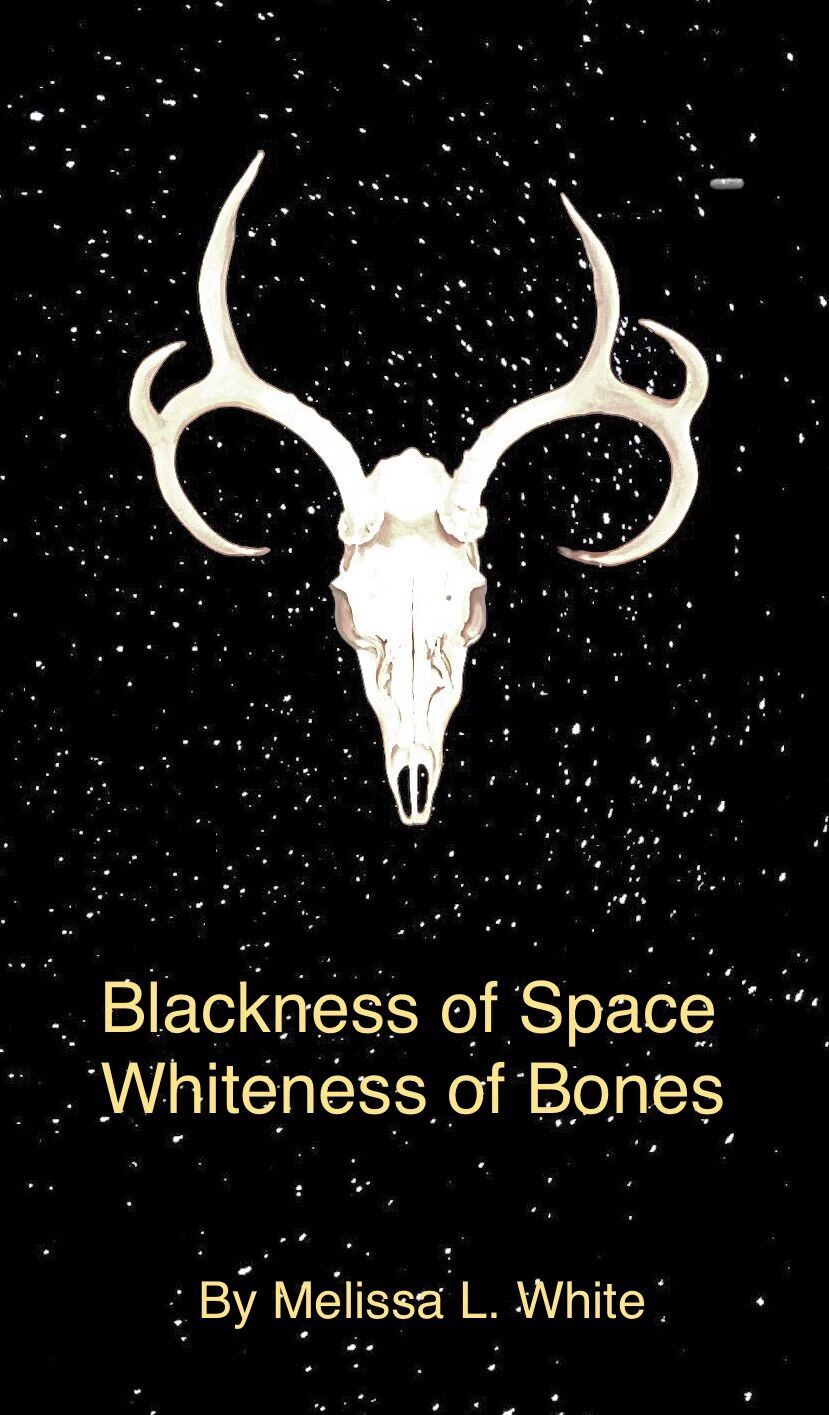THE STAGE 32 LOGLINES
Post your loglines. Get and give feedback.

BLACKNESS OF SPACE, WHITENESS OF BONES
By Melissa L. White
Georgia O’Keeffe struggles to change her will on Aug. 8, 1984, to leave her assistant the bulk of her estate, and as the drama of the signing of her new will unfolds, she tells her life story to her nurse, via conversation and flashbacks, explaining that art is just a game and all that matters is the “truth” you create for yourself.
SYNOPSIS:
Set in the spacious Sol y Sombra ranch in Santa Fe, New Mexico, the story takes place on a single day, (August 8, 1984) when Georgia O’Keeffe (96) wakes up from a dream about Alfred Stieglitz and proceeds to tell her nurse how Alfred orchestrated and manipulated her career and made her a success. On this specific day, Juan has set up a “rewriting” of Georgia’s will, leaving him a much larger inheritance upon her passing. However, Georgia’s niece, June O’Keeffe Sebring, tries to stop him as she doesn’t trust him, and she fears he is only interested in Georgia’s money.
Through conversation and flashbacks, Georgia’s undying love for Alfred Stieglitz is portrayed, as is her immense gratitude to him for “making” her career. Even with all of Alfred’s infidelities and her own numerous affairs, Georgia makes it perfectly clear that she is “tied to” Alfred, and this is why she could never leave him. Theirs was a partnership of collusion, and it was one that she could never break.
After Alfred’s death in July 1946, Georgia moves to Ghost Ranch in New Mexico, where she lives for the next 40 years. As time progresses, Georgia’s eyesight deteriorates, and she loses the will to paint. She becomes depressed and withdrawn until a young, ponytailed plumber’s assistant happens to ask her one day if she needs any “odd jobs” done around her place. She hires him to crate up some paintings to be shipped to New York. And so begins her ensuing partnership with Juan Hamilton, who starts out as a handyman, then becomes her secretary, then her assistant, and eventually her business manager, agent, and trusted confidant.
Because she believes whole-heartedly that Juan is Alfred Stieglitz’s reincarnation, she wants to provide for him financially, so that when she’s gone, he will have the freedom to work as an artist, without having to worry about trying to earn a living. Georgia is often quoted as saying, “Juan was sent to me.”
Juan even tells Georgia that in 1973 when he was 26 his first wife left him for another man, and it crushed him. Then via flashback we see Juan is now at a crossroads, so he takes a cross-country van trip, and ends up in Lake George, NY where Alfred’s family owned a lake home for many decades. Juan then has a premonition, and even hears a voice in his head, telling him that Georgia O’Keeffe needs him to take care of her. He gets a tingling sensation on the back of his neck and feels an immediate urge to find O’Keeffe. So off he goes to New Mexico, where he gets hired as a day laborer at the Presbyterian Conference Center at Ghost Ranch. From there, over the course of seven months he finagles his way into meeting Georgia by offering his handyman services to her, which she gladly employs as she desperately needs help.
In the end, Georgia explains to Juan how the “Art World” is nothing but an illusion. And that the only thing which matters is that still small voice one hears inside their heart. “All the rest is hogwash,” she tells Juan. In summation, Georgia explains to Juan that she lived her life the way she expressed herself through her art, always on her own terms. She was also fiercely protective of her art, and of those whom she loved, especially Alfred Stieglitz and Juan Hamilton. She never let Juan forget that he was sent to her for a reason.
Hook:
O'Keeffe is the most widely known female artist of the 20th Century.
Now that we have moved one quarter into the 21st century, it is necessary to look back on the lives of women like O’Keeffe to see how far we have come and how far we have yet to go to irradicate gender inequality in our culture. The narrative doesn’t shy away from sexuality and sensuality. It is vital to this story, even though it’s something which is usually discounted with period pieces set before 1950. The depictions of Georgia’s sensuality and bisexuality give the script an edge without being exploitive. It also offers incredible insights into Georgia’s belief in reincarnation, in ways that have never been explored before. And the ways that the “art world,” and “celebrity” and “fame” are all just an illusion.

Rated this logline
Rated this logline